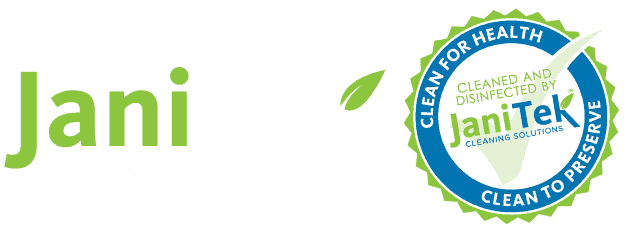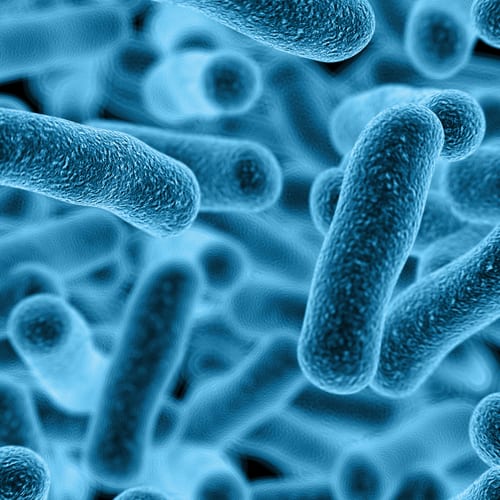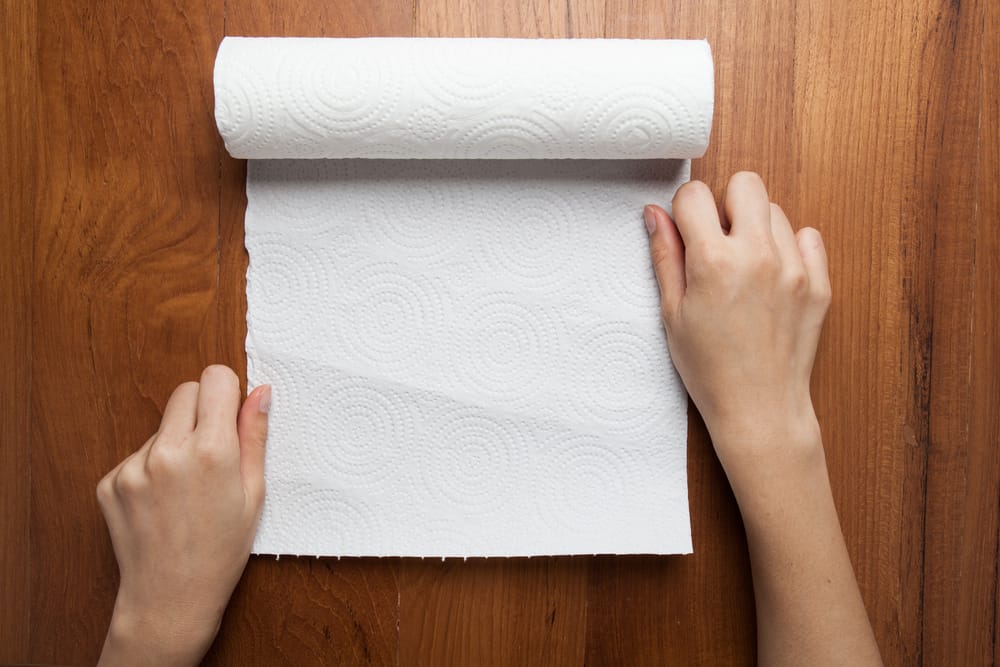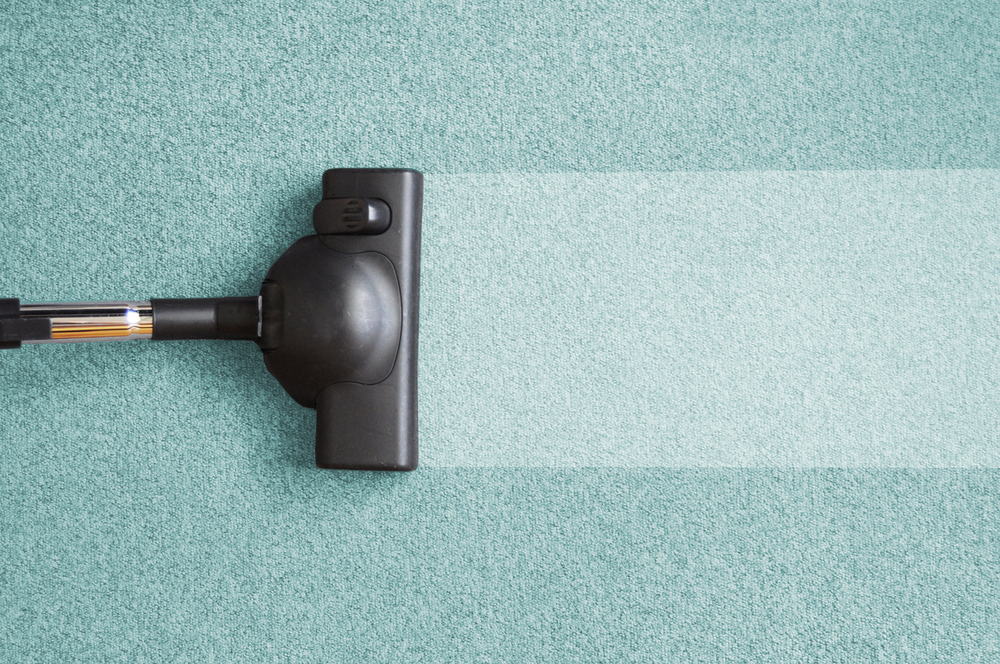
The Different Kinds Of Industrial Mops
From busy offices to school hallways, mops are the simple and effective way to keeping floors sparkling clean. Mops are essential for keeping hard floors clean for each business day. Efficient floor cleaning depends on the kind of mops you use. You need to consider the size of the area that will be cleaned, the person who will use the tool, and the type of floor surface. This way, you can choose the most appropriate cleaning tool for the job. There’s a range of wet janitorial mops available on the market. Learning about each of them will allow you to make the right purchasing decision.
Cut End or String Mop
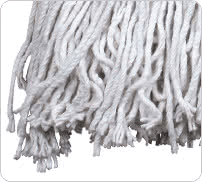 The cut-end type is the most affordable option and is ideal for soaking up spills and for cleaning smaller surfaces because of the gaps between its strands, which have a limited spread. However, you can use tail bands to boost its reach. Cut-end mops can’t be washed, so their service life may be shorter than other mops.
The cut-end type is the most affordable option and is ideal for soaking up spills and for cleaning smaller surfaces because of the gaps between its strands, which have a limited spread. However, you can use tail bands to boost its reach. Cut-end mops can’t be washed, so their service life may be shorter than other mops.
Looped End
 If you need to clean larger surfaces, consider looped-end mops. This type has a maximum reach, especially when used with tail bands that widen the gap-free mop spread. They are also resistant to unraveling, snagging, and tangling, making them one of the most durable mops.
If you need to clean larger surfaces, consider looped-end mops. This type has a maximum reach, especially when used with tail bands that widen the gap-free mop spread. They are also resistant to unraveling, snagging, and tangling, making them one of the most durable mops.
Plus, you can wash and reuse them for as long as is needed. Because you won’t have to buy a new wet mop frequently, over time you will receive value on the money you spend on a looped-end mop.
Microfiber
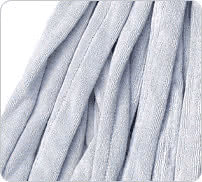 For a healthier and more eco-friendly approach to floor cleaning, microfiber mops make the best candidate. Made from polyester and polyamide, this type of commercial mop is considered the most sanitary.
For a healthier and more eco-friendly approach to floor cleaning, microfiber mops make the best candidate. Made from polyester and polyamide, this type of commercial mop is considered the most sanitary.
It doesn’t require a lot of chemicals to clean surfaces because its yarn is able to trap and collect dirt efficiently until it is time to wash it. The microfiber-woven fabrics, which are shaped as tubes, also increase friction to ensure maximum lint-free cleaning. It’s also very safe while in use, thanks to its hypoallergenic properties.
These are the most basic types of wet mops from which to choose. To maximize their capabilities, you must learn the composition of each type, how they are supposed to work, as well as the size and strength of the persons using them.
Source:
What are the Different Kinds of Mops?, wisegeek.com
Types of Mops, homeinstitute.com
top
A Closer Look At Trash Bag Options
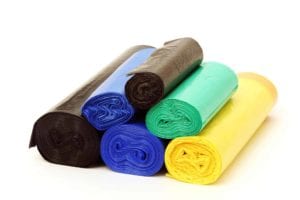 Sometimes, even things that seem like small matters can actually be much more important than you realize. Buying the right trash bags is important for any business If your facility is a large one, you have lots of different-sized trash bins and bags to line them.
Sometimes, even things that seem like small matters can actually be much more important than you realize. Buying the right trash bags is important for any business If your facility is a large one, you have lots of different-sized trash bins and bags to line them.
At first glance, It can be surprising to learn just how many different types of them there are out there, whether you call them trash bags, garbage bags, can liners. With so much variety, choosing the right one can sometimes be a little bit tricky. But finding the best trash bags for your needs isn’t that difficult when you take a quick look at the basics behind them.
How to Choose the Right Liner
What kind of garbage gets tossed in specific locations throughout your facility?
• Low density bags actually stretch more and resist tearing, the lower density one will stretch. However, fill them too full and the moment they’re lifted out of the can they’ll begin to rip.
- These bags are:Made of puncture and tear-resistant resin
Great for waste that has sharp or jagged edges
Suitable for a wide range of uses
If the answer is no, a high-density polyethylene bag will do the job.
• High density bags are thicker and are much stronger
- These bags are:Best for soft refuse (office, restroom, paper)
Three times stronger than ordinary polyethylene
Lower-gauge resin, which is more temperature-resistant
The lighter construction of these bags can also help lower freight, storage and warehousing costs. So if you don’t need the extra weight, don’t pay for it.
Alternatives to Air Fresheners
 If you suffer from allergy, asthma, or other sensitivities, then you already know that air fresheners – loaded with artificial chemicals no matter what natural-sounding scent they are – can be harmful to the eyes and lungs. Instead of eliminating odors, they often mask them by coating the office with oils to diminish your sense of smell. Rather than masking odors, there are ways to absorb unwanted odors. Potential alternatives that can help your office smell better and use less chemical sprays.
If you suffer from allergy, asthma, or other sensitivities, then you already know that air fresheners – loaded with artificial chemicals no matter what natural-sounding scent they are – can be harmful to the eyes and lungs. Instead of eliminating odors, they often mask them by coating the office with oils to diminish your sense of smell. Rather than masking odors, there are ways to absorb unwanted odors. Potential alternatives that can help your office smell better and use less chemical sprays.
Plants are one option that doubles as a decorative addition and can be placed around the bathroom. Some plants can remove up to 87% of toxic indoor air in just 24 hours. So find a plant that is pretty, easy to maintain, and does well with minimal sunlight. Remember they don’t need not be heavily scented to be effective.
Oil diffusers can also be hidden discretely or placed decoratively around restrooms to overpower foul odors. Including heavily scented, naturally derived soaps in dispensers can also help to mask odors whenever a patron washes their hands.
Organic Candles – Candles with beeswax give off a scent of honey as they clean the air, and soy candles scented with essential oils burn cleaner than paraffin candles and don’t use artificial fragrances.
Fresh Air – The cheapest, easiest, and one of the most effective means for odor elimination. Leave your windows and doors open for 15 minutes or so early in the morning or in the evening, when you’re less likely to let in too much heat.
top
